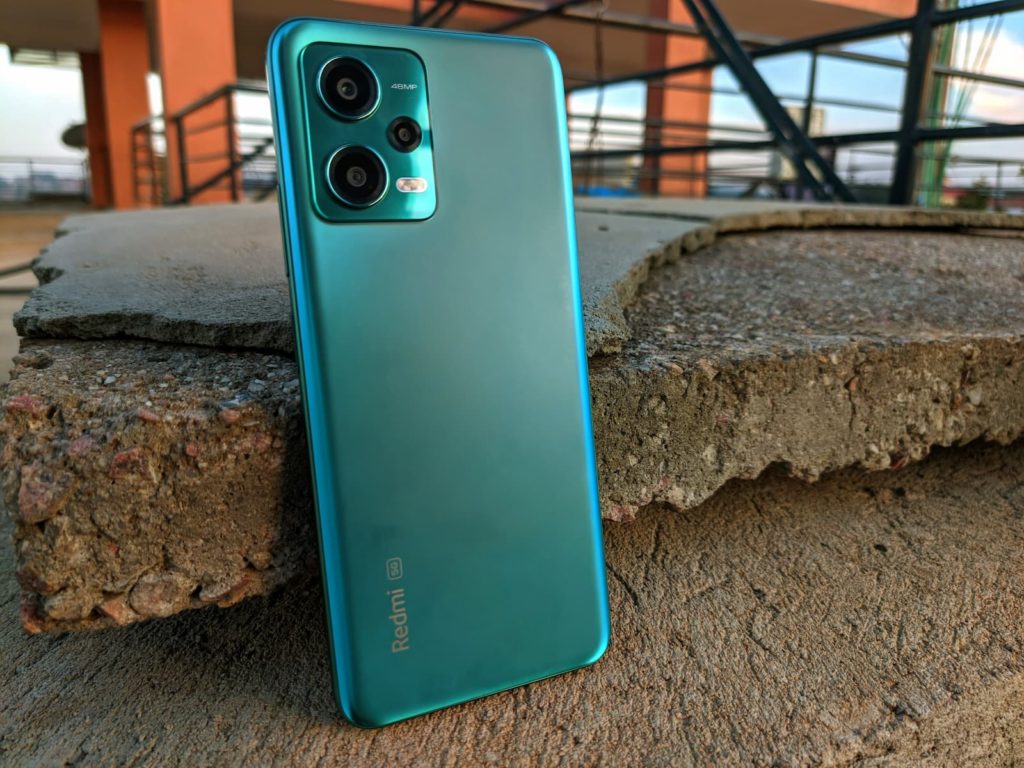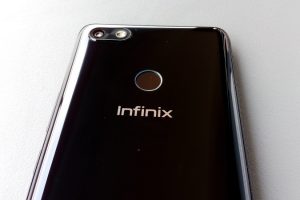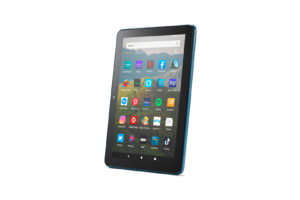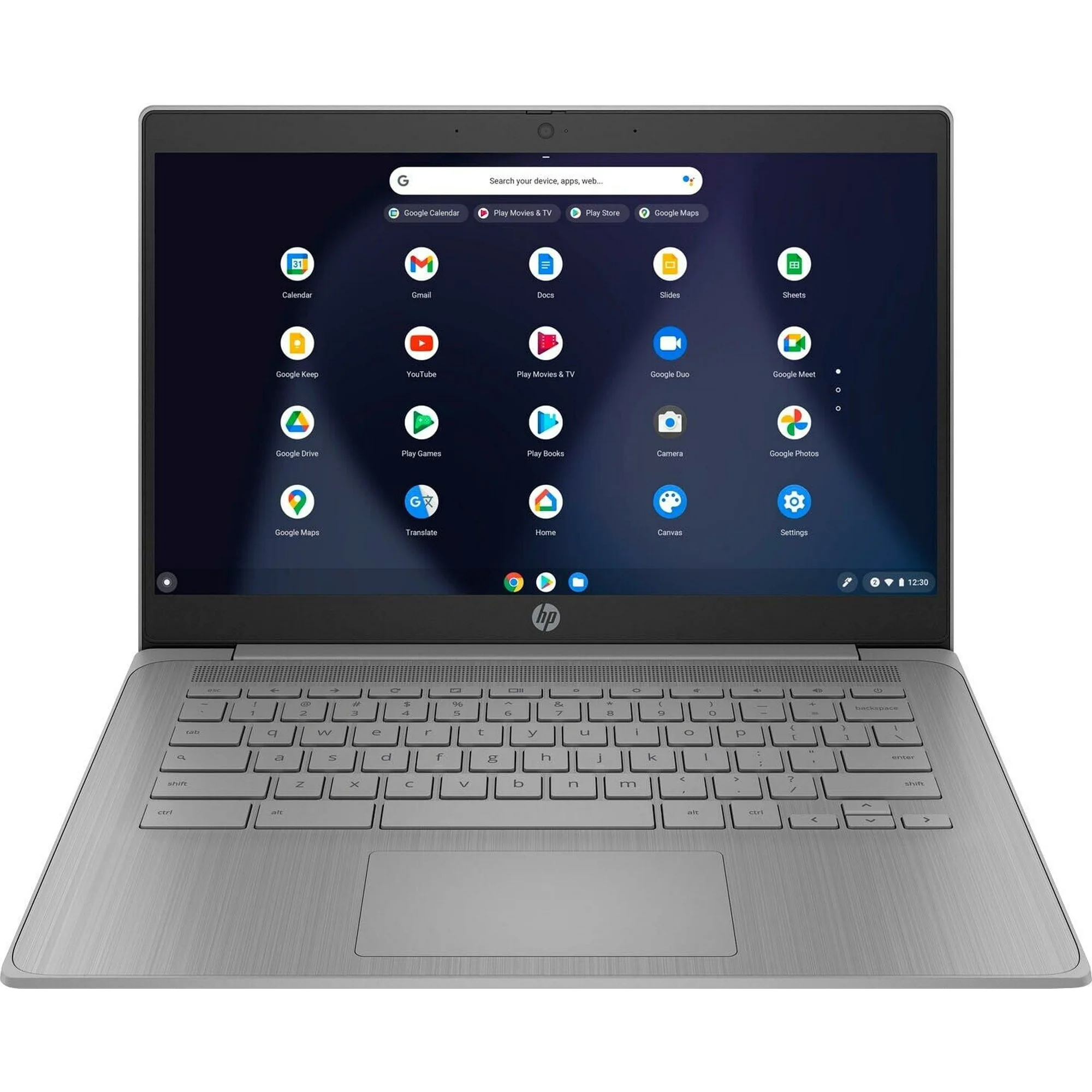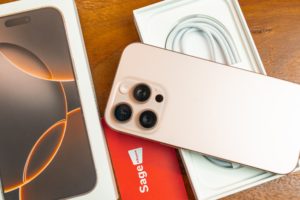As the smartphone market continues to expand, choosing the right device can be overwhelming. This is very true especially if phones have similar names. Fear not, for in this tech-savvy sibling analogy, I step into the shoes of a knowledgeable big brother, eager to shed light on the differences between Redmi 12C and Redmi Note 12.
With a gentle hand and a discerning eye, I’ll unravel their distinctions in design, display, camera prowess, performance, battery life, and pricing. Join me on this enlightening journey as I empower you, my beloved sibling, to make a confident and well-informed buying decision.
Design and Display
The Redmi Note 12 and Redmi 12C are two remarkable smartphones offering a range of features and an immersive visual experience. The Redmi Note 12 features a sleek design, measuring 6.67 inches in height, 3 inches in width, and 0.31 inches in thickness. It weighs 188 grams, making it a lightweight and comfortable device to hold.
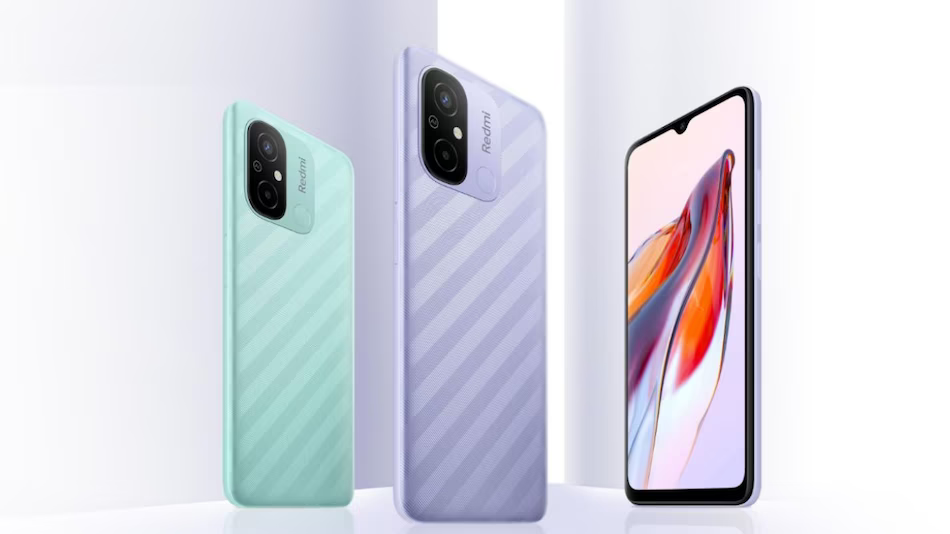
The Redmi 12C’s dimensions are close, with a height of 6.71 inches, a width of 3.01 inches, and a thickness of 0.34 inches, weighing 192 grams. Both devices provide vibrant displays but differ in terms of size, resolution, pixel density, and other notable features. Here’s a table summarising their display and design attributes:
| Feature | Redmi Note 12 | Redmi 12C |
|---|---|---|
| Height | 6.67 inches (16.94 cm) | 6.71 inches (17.04 cm) |
| Width | 3 inches (76.21 mm) | 3.01 inches (76.4 mm) |
| Thickness | 0.31 inches (7.98 mm) | 0.34 inches (8.7 mm) |
| Weight | 188 grams | 192 grams |
| Display Size | 6.67 inches (16.94 cm) | 6.71 inches (17.04 cm) |
| Resolution | 1080 x 2400 pixels | 720 x 1650 pixels |
| Pixel Density | 395 pixels per inch (ppi) | 268 pixels per inch (ppi) |
| Display Type | Super AMOLED | IPS LCD |
| Bezel-less Display | Yes, with Punch-hole | Yes, with Waterdrop notch |
| Brightness | 1200 nits | 500 nits |
| Color Reproduction | 16M Colors | 16M Colors |
| Screen-to-body Ratio | 84.97% | 83.08% |
Camera
The Redmi Note 12 boasts a versatile rear camera setup, including a 48 MP primary sensor, an 8 MP wide-angle lens, and a 2 MP depth sensor. Meanwhile, the Redmi 12C offers a 50 MP dual-camera setup with a primary 50 MP sensor for the wide-angle lens and a 0.8 MP depth sensor.
When it comes to capturing selfies, the Redmi Note 12 sports a 13 MP front camera, while the Redmi 12C features a 5 MP front camera.
Performance
The Redmi Note 12 is equipped with the Snapdragon 4 Gen 1 chipset with 6GB of RAM, while the Redmi 12C features the MediaTek Helio G85 processor with 4GB of RAM. The Snapdragon 4 Gen 1 chipset in the Redmi Note 12 delivers reliable performance and efficient power consumption. It enables smooth multitasking and handles everyday tasks with ease.
While the Redmi 12C relies on the MediaTek Helio G85 processor, which offers decent performance for everyday tasks, it may not match the processing power of the Snapdragon 4 Gen 1 found in the Note 12. Additionally, the Note 12 benefits from an extra 2GB of RAM, enabling smoother multitasking and seamless app-switching compared to the Redmi 12C.
These differences have a noticeable impact on overall performance, particularly when handling demanding applications and multitasking. The Redmi Note 12’s higher RAM capacity and Snapdragon processor contribute to a smoother user experience, faster app loading times, and better performance compared to the Redmi 12C.
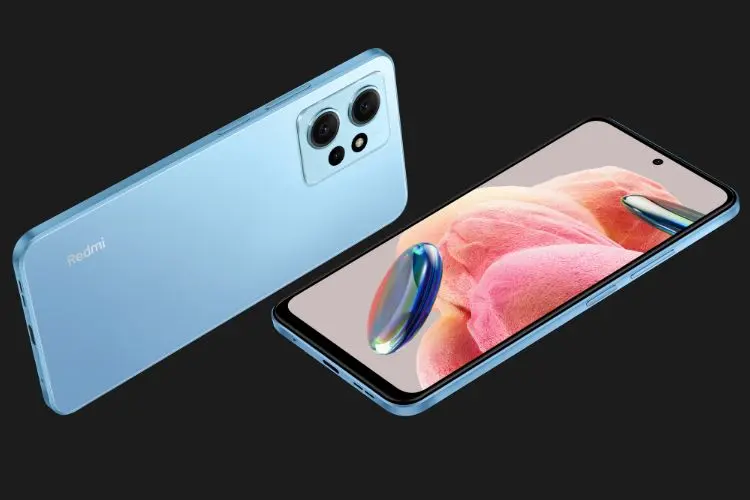
Related Articles:
- Xiaomi Redmi Note 12 5G(India) Long-term Review: Still the king of budget smartphones
- First Impressions: Xiaomi Redmi Note 12 5G (India)
- Redmi Note 12 Series Finally Launched, but With a Catch: Here Is Everything You Need to Know
- Redmi Note 12 Series: Here’s What We Know So Far
Storage Options and Expandable Storage
When it comes to internal storage, the Redmi Note 12 offers 128GB of storage, while the Redmi 12C comes with 64GB of storage. Both devices support expandable storage, allowing users to increase their storage capacity further.
Both the Note 12 and Redmi 12C offer expandable storage options of up to 1TB, providing users with ample space to store their files, photos, videos, and apps.
Battery
The Redmi Note 12 is equipped with a 5000mAh non-removable Li-Po battery, as is the Redmi 12C. Both devices offer a large battery capacity that can last through a full day of usage, providing a reliable power source for extended periods without requiring frequent recharging.
Operating System
The Redmi Note 12 runs on Android 12 with MIUI 14 for the international version and MIUI 13 for the Indian variant. On the other hand, the Redmi 12C operates on Android 12 with MIUI 13. Although both devices share the same Android version, the differences in the MIUI versions mean that the Note 12, comes with better performance, fewer default apps, an updated sidebar, and sees a return of the App Vault that was removed in the MIUI 13.
Price
The Redmi 12C emerges as the more affordable option, with a price tag of around $108. In contrast, the Note 12 comes at a higher cost, double that of the 12C, priced at around $208. Therefore, if budget is a major consideration, the Redmi 12C offers a more cost-effective choice.
| Feature | Redmi Note 12 | Redmi 12C |
|---|---|---|
| Price | $208 | $108 |
| Display Size | 6.67 inches (16.94 cm) | 6.71 inches (17.04 cm) |
| Pixel Density | 395 ppi | 268 ppi |
| RAM | 6GB | 4GB |
| Internal Storage | 128GB | 64GB |
| Rear Camera | 48 MP + 8 MP + 2 MP | 50 MP Dual Camera + 5 MP |
| Front Camera | 13 MP | 5 MP |
| Battery Capacity | 5000 mAh | 5000 mAh |
| Operating System | Android 12 MIUI 14 | Android 12 MIUI 13 |
To sum it up, the Redmi Note 12 stands out with its premium design, larger and higher-resolution display, advanced camera capabilities, and enhanced performance, albeit with a higher price tag. The Redmi 12C, on the other hand, provides a budget-friendly option with lower specifications in these areas. In the end, the decision comes down to personal preferences and priorities. By considering these differences, you can make an informed choice that aligns with your specific needs.
Discover more from Dignited
Subscribe to get the latest posts sent to your email.


